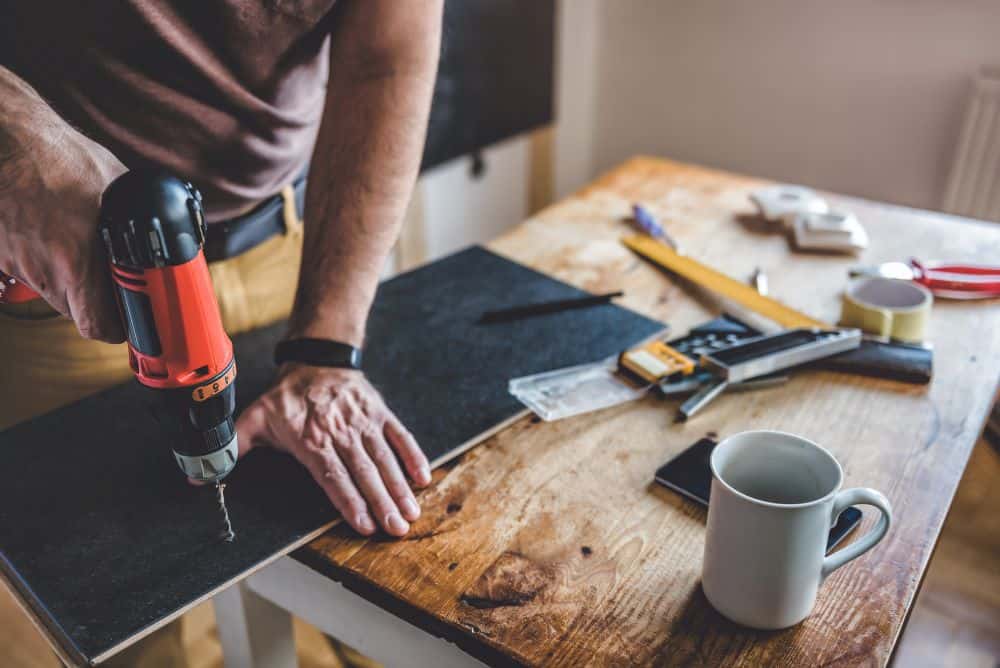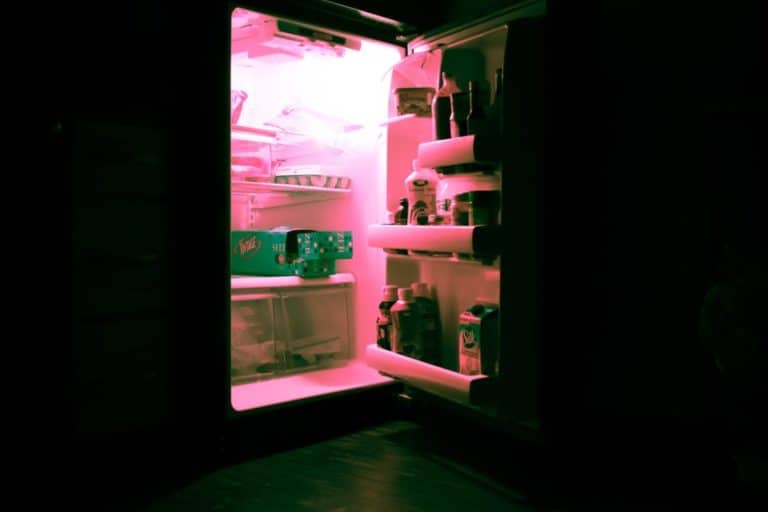14 Off the Grid DIY Projects: Have Fun with These Projects!
There are lots of things you can do to progress towards off-grid living, but they often need a significant investment of money and time? Sometimes it’s worth taking a breather and trying a less complicated task for fun.
Taking your home off the grid can take a long time, a lot of skill and large amounts of effort. However, there are lots of smaller projects that you can do with a little bit of enthusiasm and a spare weekend or two. They won’t cost you the earth, and they could even get you that bit further towards your off-grid ambition.
Table of Contents
Preparing for your DIY project
Before you undertake any DIY project, it is a good idea to get yourself prepared. Rather than approaching something entirely spontaneously, getting yourself ready in advance gives you a much greater chance of success.
Top tips for preparing for an off-grid DIY project:
- Make sure you have thoroughly familiarized yourself with the project, so you know exactly what you will be doing. If you are following a video or a step by step guide, watch it or read it through several times before you even start.
- Get an idea of how much time you think the project will take you to complete. Will it be a few hours, a day or several days?
- Collect together all the materials you will need – this make take some time, especially if you will be using recycled materials.
- Make sure you have all the necessary tools, that they are working correctly, and you know how to use them safely.
Useful Tools and Equipment
One of the things that a lot of these projects have in common is that they make use of recycled materials. So it is a good idea to always be on the lookout for things that you could repurpose in an off-grid DIY project. Timber is always useful. Often sawmills will sell offcuts off cheaply, or you can pick up great scraps that people would otherwise throw away.
Plastic containers are also good to keep an eye out for; buckets, barrels, even plastic bottles can all be incorporated into your projects. The more you do it, the more creative your collecting becomes, and the more inventive your projects can be!
For an idea of some of the basic tools, I recommend taking a look at this article (Best off-grid power tools). It is essential to factor in your plan the amount of power you might need to complete your project. Battery-powered tools such as drills or electric screwdrivers will need to be fully charged before you start.
Also, I always tend to have the hand tool equivalents in my kit, so I can at least finish what I am doing if I run out of power or if I have an issue with the supply. For most of these projects, if you only have access to a hand saw, you will be fine, but you may find that if you really get into your DIY projects, you might want to invest in a circular saw or miter saw.
1. Construct a rainwater collection system
Collecting rainwater can make a real difference, and it can be as simple as setting out some barrels in your yard and waiting for the rain. One thing to note before you get started on this project, though, is to check that it’s legal to collect rainwater in your area.
If you are using open barrels, covering them with a cotton sheet will stop debris and bugs from getting in and spoiling your water.
If you want to collect the rainwater from your roof by tapping into your guttering, this video shows a great rainwater harvesting system using repurposed food grade barrels.
2. Build a chicken coop
Chickens are a great addition to any off-grid home. They will provide you with eggs, meat if you want it, fertilizer, they will eat up your veg scraps and just generally be great to have around. So, if you are thinking of adding some feathered friends into your off grid home, this is a great video to show you how to make them the perfect starter home without spending too much time or money on it.
Related reading: How to keep chickens
3. Build a rocket stove
The brilliant thing about a rocket stove is that they are designed to produce maximum heat from minimum fuel. You often find rocket stoves mentioned in survival guides, and they are a perfect piece of kit to have ready in a disaster. They are easy to set up and give you the means to boil water or heat food in a fairly short space of time.
Rocket stoves are a great asset for your off-grid home too. They give you a heat source and cooking option that does not rely on any alternative energy source. No propane is required. It is also super inexpensive to build and use.
This video shows you how to build your rocket stove from three things – bricks, mesh and a recycled gas trivet.
4. Create a shower from two buckets
There is nothing quite like a good shower to give you a pick me up, and this one comes without any drain on your energy sources at all! I will concede that if you don’t have the warm weather, you might be taking rather a cool shower, but this gadget is a nice one to have for when the sun shines. It is a great one for the kids too.
5. Make your own off-grid washing machine
It never ceases to impress me how inventive people living off the grid can be. Papa Pepper shows how he has designed and made his own washing machine without the need for power. Based on the known principles of a powered washing machine, these recycled barrels do a great job of easing the effort of washing clothes by hand.
If this really gets you inspired to get on top of your laundry, then check out my article: Off-grid laundry: A detailed guide.
6. Build a solar water heater
This is a really satisfying project that can make a real difference to your energy use as heating water can often put a high demand on your alternative power. It is likely you will need to buy your pipe length for this, but if you can make the timber frame from recycled wood or cheaper offcuts, then it is fairly inexpensive to achieve.
Painting the whole thing black is important as black helps to absorb the heat of the sun and advances the rate at which the water inside the pipe heats up. It also helps protect the pipe from UV damage.
7.Make a solar heating panel from recycled cans
Heating your home can be a huge drain on your energy source. This solar heating panel can provide excellent support to your existing system by substituting the need to use it on sunny days.
This is the best video for showing you how to put the heater together. The step by step guide is easier to follow than a lot of other videos or guides on the topic.
The heater works on the basic principle that hot air rises and so as the air inside the cans warms up it rises and vents through the outlet. This, in turn, draws cool air up through the lower vent to be heated, and the cycle continues. Once you have built your heater, you can use your top outlet to pipe the heated air into a room.
8. Build a root cellar
Root cellars come in all sorts of shapes and sizes. This video shows the not insignificant task of installing a walk-in root cellar. Now, this is definitely more than a weekend project but nevertheless, one that is worth undertaking if you have the volumes to store that these guys talk about.
This video is also good if you like the idea but don’t need to work on such a grand scale. The discussion on materials at the beginning of the video would be useful to anyone however big or small, your plans for a root cellar are.
A simpler option for building a root cellar is to bury a chest freezer that is no longer working or even a trash can in the ground. So long as it is below the frost line, it will work as the perfect cool and dry place to store your goods.
9. Make a wind turbine
Wind turbines use the wind to make electricity. The wind turns the blades or propellers around a rotor. The rotor spins a generator, and the generator creates electricity. Situated in the right location, a turbine, even a small one, can be an excellent addition to your alternative power supply.
You could spend a considerable amount of money on a turbine, but it is possible to build your own. This might be a project that will take you more than a weekend and is perhaps the most complex featured here but if you are feeling up to the challenge, here are a couple of options:
Plans for a vertical axis Zoetrope can be found here. These instructions are super detailed and put together by Applied Sciences but give you the option to make the Zeotrope out of common or recycled materials.
In this video, blogger Kevin Harris documents how he built a backyard wind turbine for $150:
10. Build a sub-irrigated planter
Even if you are collecting rainwater and reusing your grey water, it is still important to use it water wisely. Planting up your veg and herbs in a sub-irrigated planter can help you make the most of your precious water resource while keeping your plants supplied continuously with.
It might seem quite a task to convert all your growing area to this planter system, but you could always do it gradually or just build one or two for your most water-hungry plants.
11. Make your own compost bin
Making your own compost is incredibly easy. It is a great way to cut down on everything you throw away by taking most of the waste plant material from your garden and a lot of the green waste from your kitchen too. It is a good idea not to put animal products into your compost bin and check if any local regulations cover what you can and can’t compost.
This video is from the UK but shows a simple but effective compost bin that you can make from recycled pallets. The guidance in the video regarding the stamps on pallets is international, but if you want to find out a bit more, visit www.universalpallets.com
12. Construct a cider press
Check out this book for the best a step by step guide to building a cider press.
Alternatively, this video also shows the creation of a cider press; however, it does use a powered method to crush or pulp the apples prior to pressing.
This method makes a significant demand on your power supply and there are other options. The most impressive alternative I have found is this ingenious homemade apple scratter!
13. Build a firewood shelter
Keeping a store of firewood is essential and being able to keep that store dry makes life a whole lot easier. This is a satisfying project that you can easily complete in a weekend. Because there is so much timber to cut and fix together, it is the kind of project that is made a lot easier with the use of power tools, so don’t forget to take a look at my recommendations.
14. Build a composting toilet
A composting toilet is basically a waterless toilet. It allows you to save on your water, as you don’t use any for flushing, and use your waste as compost or humanure. Compostable toilets can range from a basic bucket and seat to a complex integrated system.
This video is again from the UK, but it is one that actually shows you how to build the toilet rather than just talking about using one! His construction costs come in under $100, which, compared to buying one, is really good going.
There are also lots of videos out there talking about compostable toilets covering questions like “Do they smell?” and “How do I get rid of our waste?” This video has some really good tips on eliminating the smell, investing in a urine separator and also a recommendation for where to learn everything there is to know about humanure.
Conclusion
There is hopefully at least one item here that will inspire you to get DIYing on an off-grid project. Once you start thinking about things to be done around your home as projects rather than tasks, they can become fun and easily achievable. Some projects will provide you with an essential feature of your off-grid home, and others are just a bit of fun.
My Off-Grid Product Recommendations
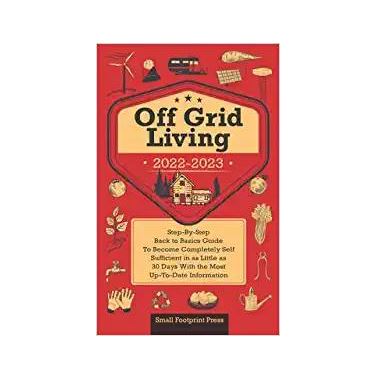
Useful Book: Off Grid Living 2022-2021 – This incredible step by step guide is a great read and gives you useful information about reaching self-sufficiency in just 30 days. Get the paperback on Amazon or read it free with a Kindle Unlimited subscription or listen to the audio version with Audible Plus membership.
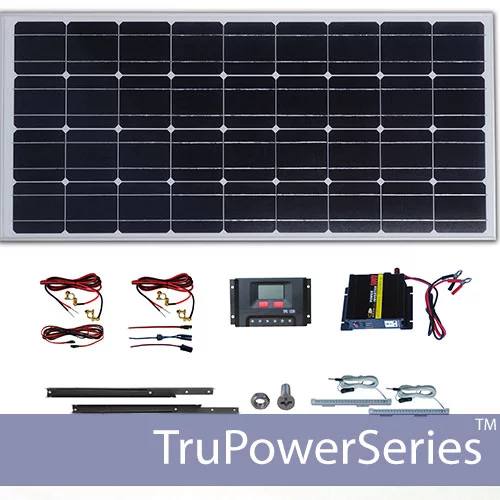
Small Solar Panel Systems: Silicon Solar – This is an excellent company that offers lots of products to get you started on your solar journey. Visit Silicon Solar.
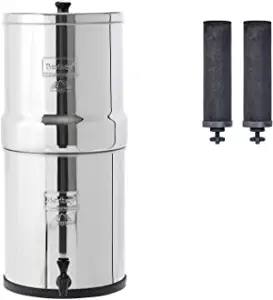
Family Water Filter: Big Berkey – For a fast, affordable water filter with no plumbing required, you can’t beat a Big Berkey gravity-fed filter like this one from Amazon.
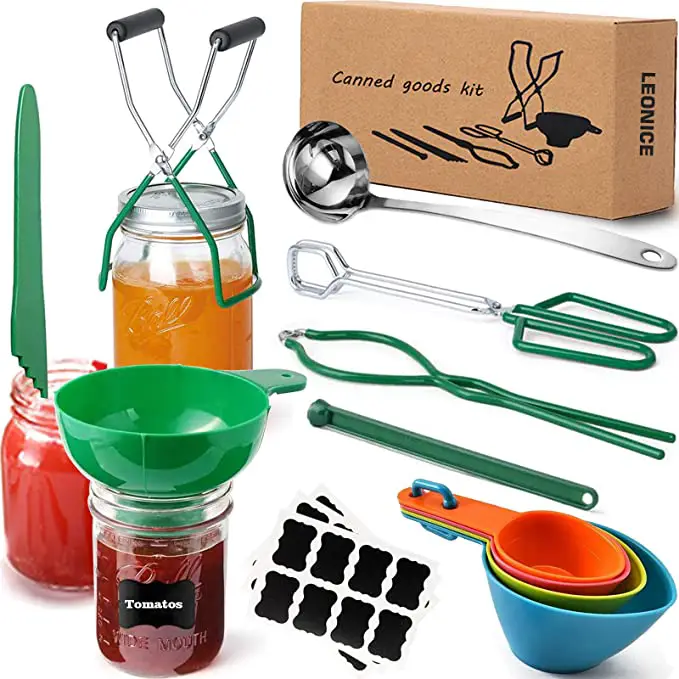
Canning Equipment – This canning starter kit, 22-quart Barton pressure canner and twelve-pack of Ball 16oz mason jars will help you preserve food as you work towards self-sufficiency.
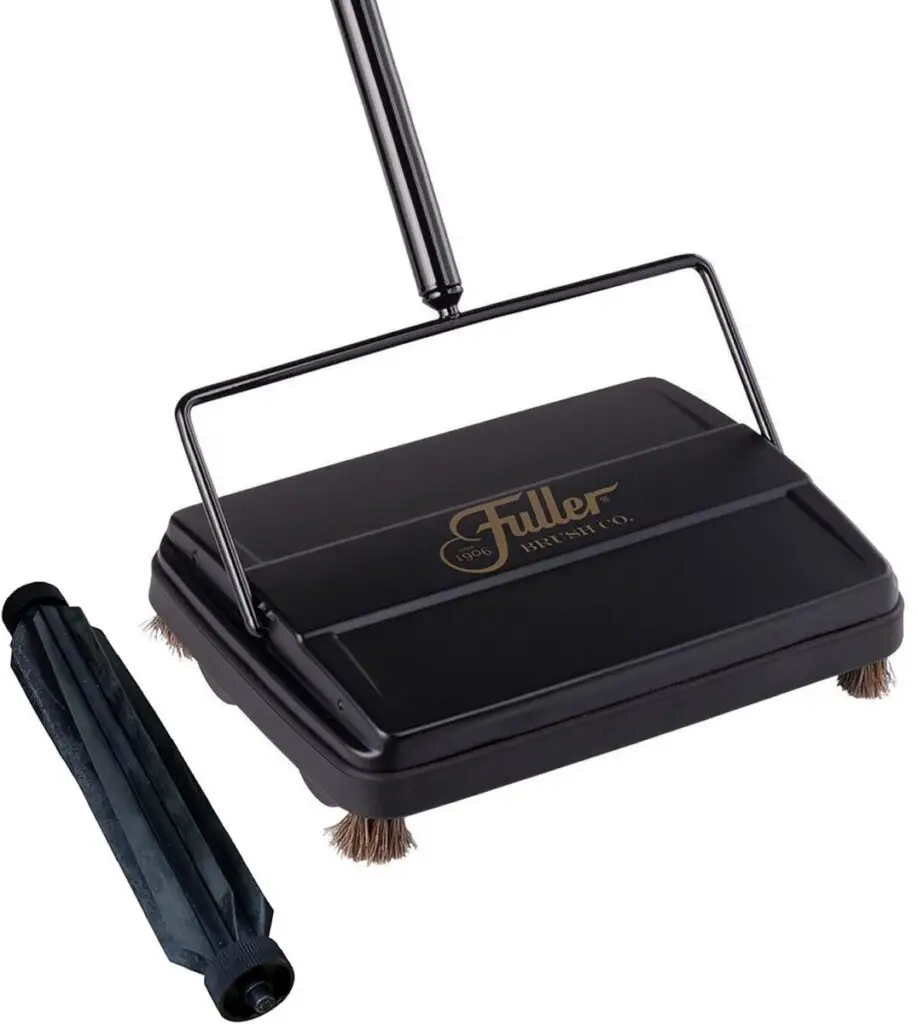
Cleaning: Fuller Carpet Sweeper –. This carpet sweeper is an ideal way to keep your home clean without using up your energy stores on vacuuming.

Handy Knife: Gerber Serrated Paraframe – This handy all-purpose knife is lightweight and ideal for all those little jobs around your home and garden.
